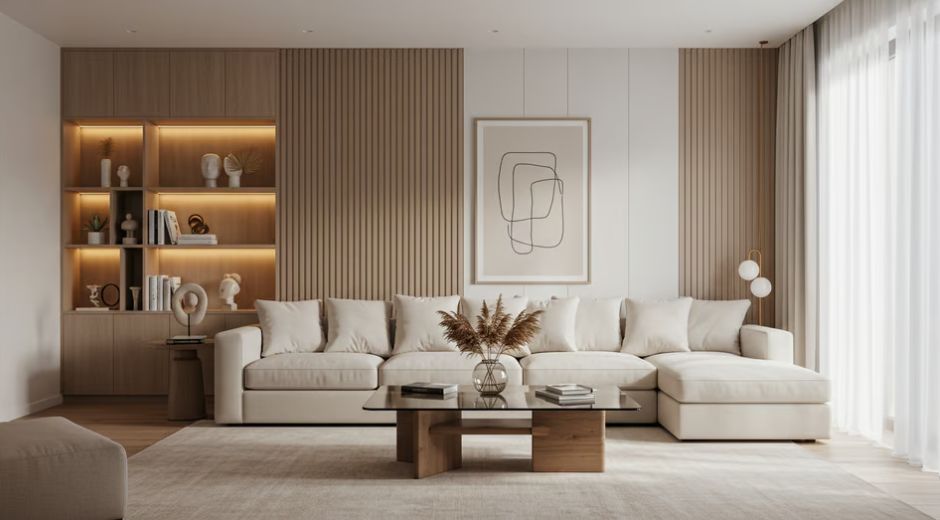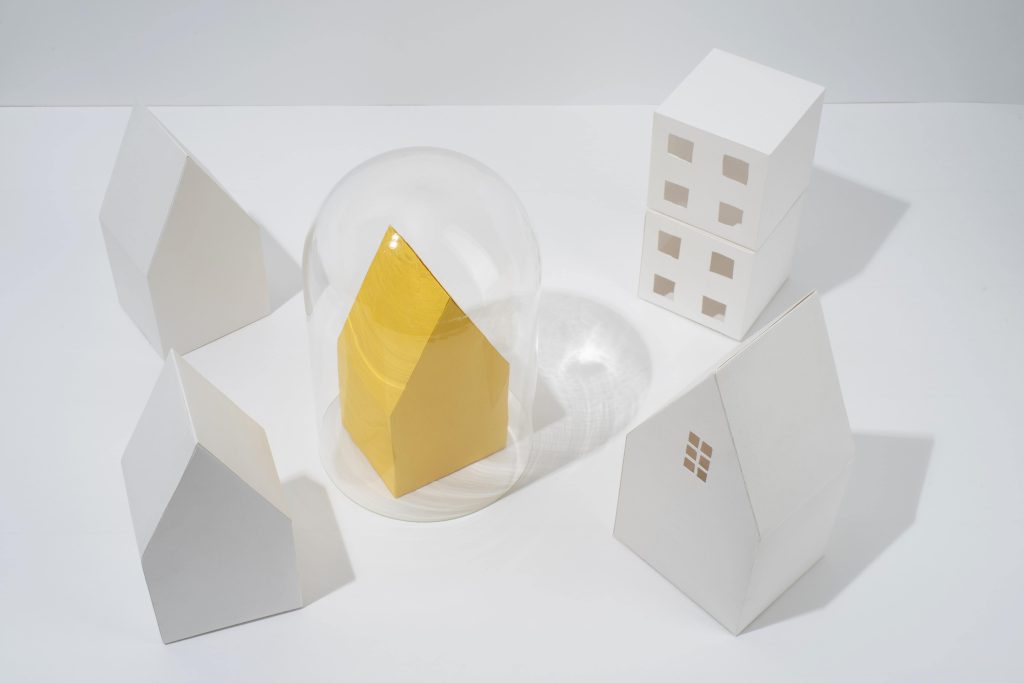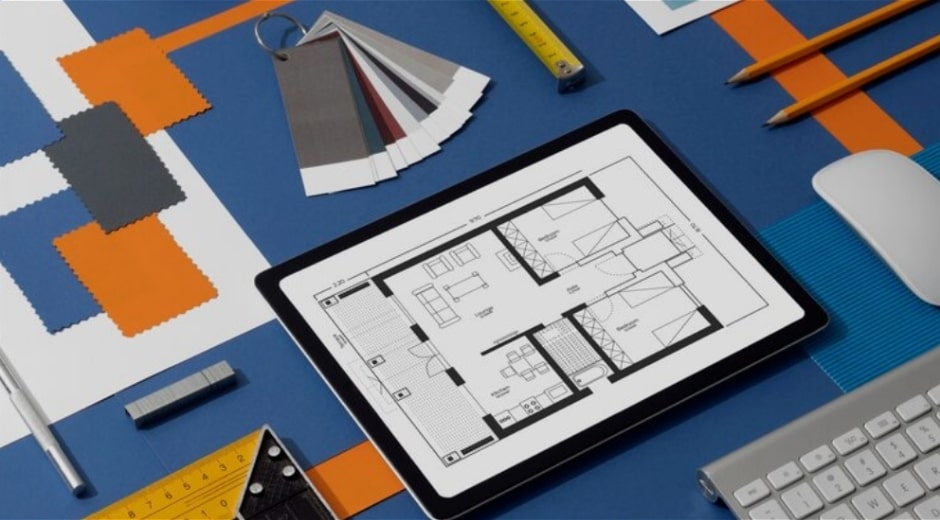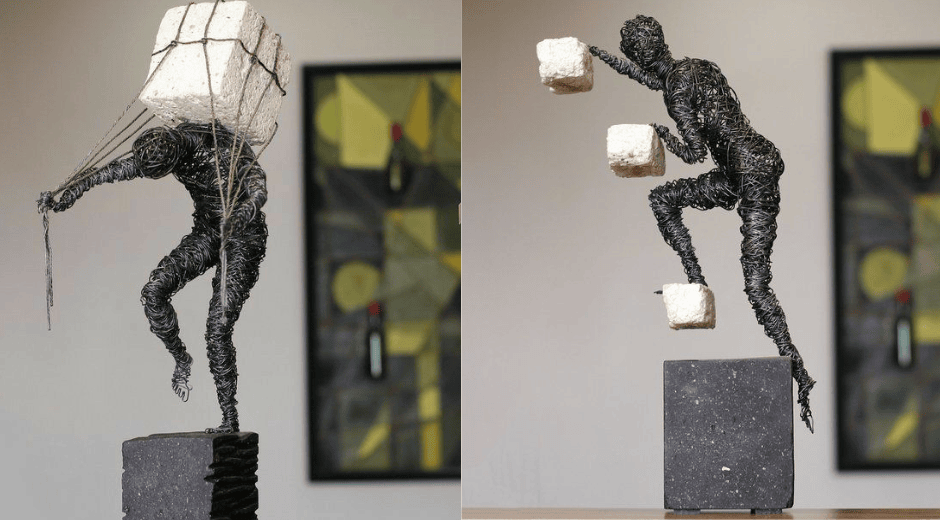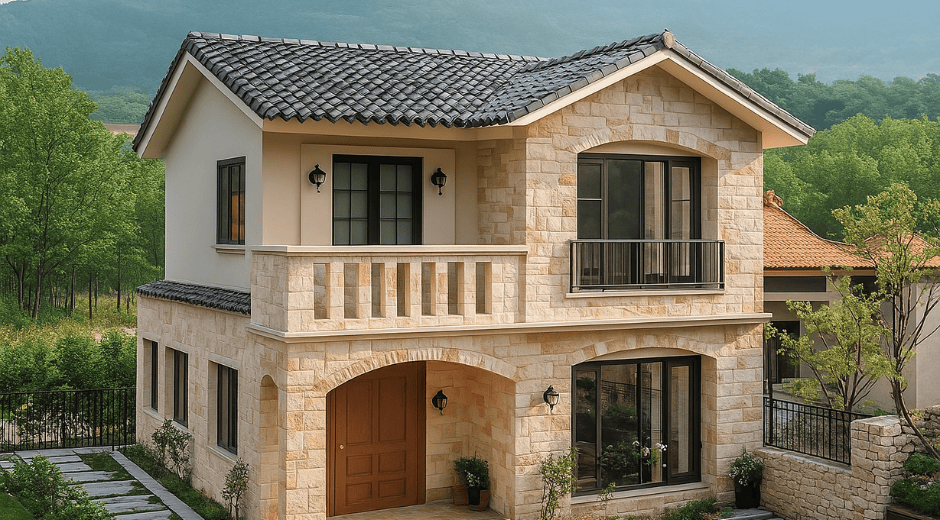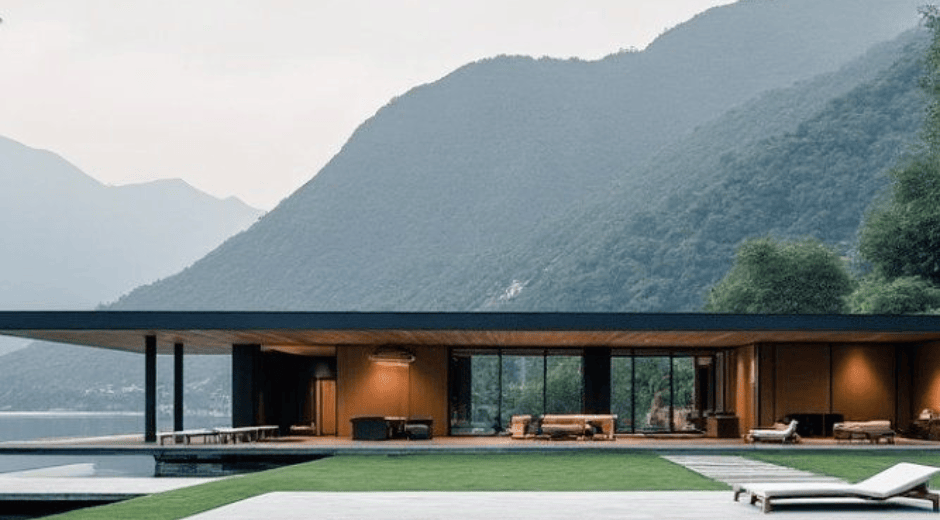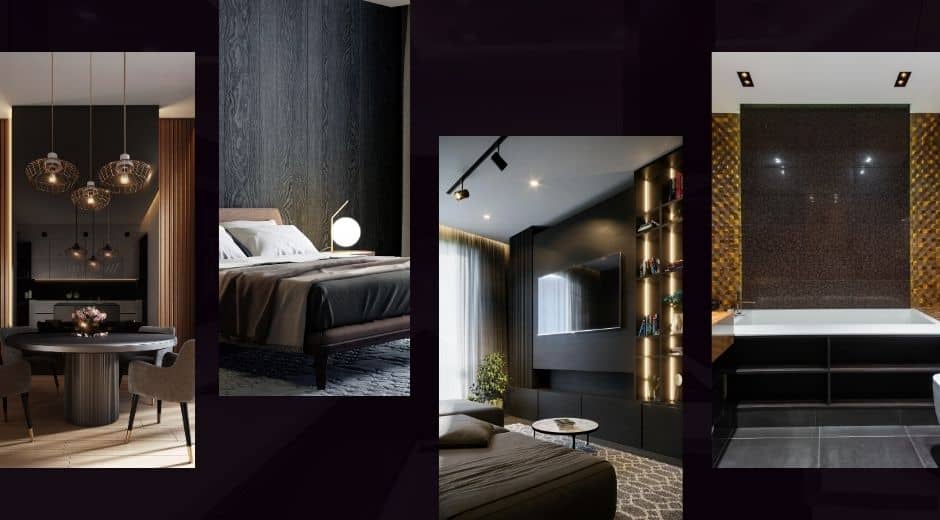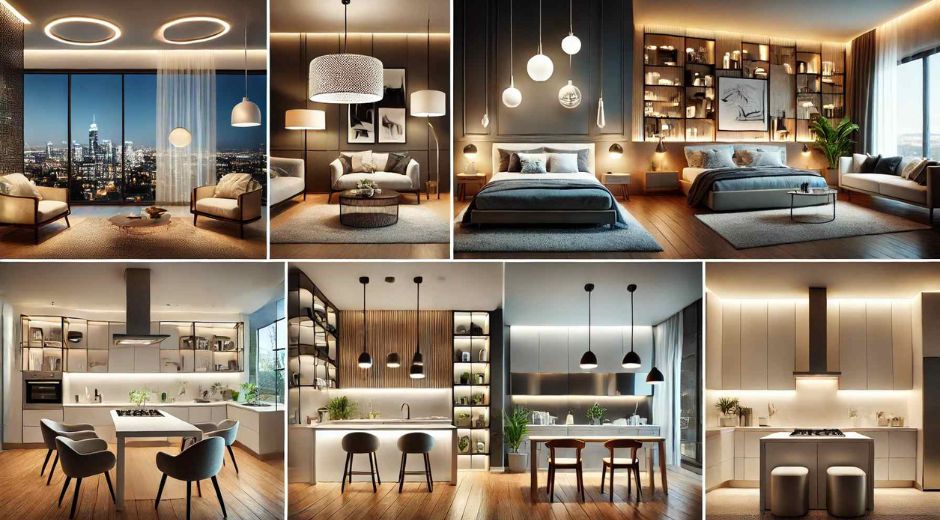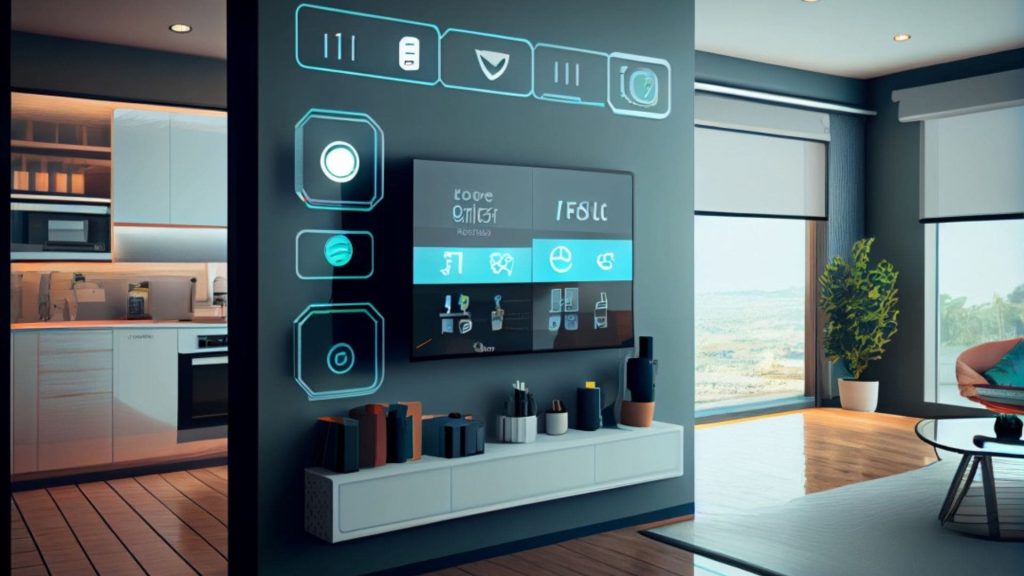Design Trends 2025: What’s Shaping Stylish Homes Now
Design Trends 2025: What’s Shaping Stylish Homes Now
As we step into 2025, home aesthetics are evolving faster than ever. The concept of home is no longer just about shelter; it’s about creating a space that reflects identity, sustainability, and emotional well-being. Modern design now blends innovation with comfort, bringing functionality and beauty together in ways that feel effortlessly natural. From sustainable materials to soft curves and warm tones, this year’s trends highlight the growing desire for homes that feel alive and authentic.
The Rise of Warm, Comforting Spaces
After years of minimalism dominated by cool whites and grays, 2025 brings a noticeable shift toward warmth. Interior design experts are embracing earthy palettes—think beige, taupe, clay, and muted greens. These tones offer a grounding effect, transforming rooms into havens of tranquility. Texture plays a crucial role too: materials like linen, rattan, and oak add depth and personality.
This change reflects more than just style. It’s an emotional response to years of uncertainty. People want comfort and reassurance, and warm interiors provide that. A living room with caramel accents or a kitchen with sand-toned cabinetry evokes calm and stability—a hallmark of thoughtful design.
Nature-Inspired Materials and Finishes
Sustainability remains at the heart of modern interiors. Natural materials are no longer a luxury; they’re an expectation. Reclaimed wood, stone surfaces, and bamboo flooring dominate the 2025 design narrative. These elements don’t just look good—they age beautifully, making them both eco-friendly and timeless.
Biophilic design, which connects indoor spaces to the natural world, continues to grow in popularity. Large windows, indoor gardens, and soft daylight integration are all being used to blur the boundaries between indoors and outdoors. The goal isn’t just aesthetic—it’s about creating a sense of balance and well-being.
For those looking for inspiration, platforms like fixolix.com showcase practical solutions for sustainable living, highlighting how small design choices can have a lasting impact on the environment and our daily lives.
Curves, Arches, and the End of Harsh Lines
The era of sharp edges and rigid lines is fading. Rounded corners, arched doorways, and curved furniture are defining interior design this year. These forms bring softness to spaces, making them feel more fluid and inviting. From wavy mirrors to rounded coffee tables, curves are everywhere.
Psychologically, curved lines are perceived as more natural and less formal, adding comfort and femininity to interiors. Even architectural details—like arched ceilings and rounded wall transitions—are making a comeback, creating rooms that feel less mechanical and more organic.
It’s a small but powerful way to make modern homes feel more human.
Multi-Functional Spaces for Modern Living
The way we use our homes has changed drastically in the past few years. With the rise of hybrid work and flexible lifestyles, rooms are expected to do more than ever before. A living room might double as an office, or a guest bedroom might become a gym by evening.
Smart design solutions—like foldable furniture, movable partitions, and built-in storage—are key to achieving this adaptability. But beyond functionality, these spaces must remain stylish. Designers are focusing on visual harmony, ensuring transitions between uses feel seamless.
For example, a workspace tucked behind sliding wooden panels can vanish into a serene lounge area at the end of the day. It’s this blend of practicality and aesthetics that defines the modern home.
Smart Homes, Subtle Technology
Technology continues to shape how we live, but in 2025, the goal isn’t to flaunt it—it’s to integrate it gracefully. Voice-controlled lighting, energy-efficient systems, and automated shading now blend into interiors almost invisibly.
The emphasis in design is on discretion: gadgets and screens no longer dominate rooms but instead complement them. The smartest homes are those that feel effortless—where technology supports daily life without intruding on comfort or beauty.
As homes evolve, so does our understanding of what “modern” truly means: intelligent, sustainable, and people-centered.
Sustainability Beyond Materials
While natural materials are key, sustainability in 2025 extends beyond what we can see. Homeowners are prioritizing energy efficiency, water conservation, and long-lasting craftsmanship. The idea is simple—build once, build well.
Sustainable design means investing in quality that endures rather than trends that fade. It’s about choosing pieces that age gracefully and spaces that adapt over time. For instance, modular furniture can evolve with a family’s needs, while energy-efficient systems reduce long-term costs and environmental impact.
The goal is a home that not only looks beautiful today but also makes sense for the future.
Mixing Old and New
Another defining trait of 2025’s design philosophy is the return of eclecticism. The once-popular minimalist aesthetic is giving way to more personal, curated interiors that blend vintage charm with modern sensibility.
Homeowners are mixing heirloom furniture with contemporary lighting or pairing antique art with clean-lined architecture. This layered approach creates spaces rich in character—homes that tell a story. It’s not about following rules; it’s about expressing individuality.
Light as a Design Element
Lighting has evolved from a functional necessity to a defining design feature. In 2025, designers treat light as a material—one that shapes mood and space. Layered lighting strategies combine ambient, task, and accent lights to create depth and warmth.
Natural light remains the most desired element, with skylights and expansive windows continuing to dominate residential projects. Meanwhile, smart LED systems allow for dynamic color temperatures that mimic the natural rhythm of the day.
In short, light is no longer just illumination—it’s emotion.
Personalization and Emotional Connection
Perhaps the most important trend of all is the move toward emotionally resonant spaces. Homeowners are rejecting cookie-cutter styles and instead seeking interiors that reflect their lives, passions, and memories.
Design in 2025 is about storytelling—about creating environments that feel authentic and nurturing. Whether it’s a cozy reading corner, a wall filled with travel photos, or a handmade ceramic vase, it’s the personal details that transform a house into a home.
For anyone considering a redesign or planning a new project, metropropertyhomes.com offers inspiration and insight into how thoughtful planning can create homes that feel both modern and meaningful.
Conclusion: The Future of Living Beautifully
The design landscape of 2025 celebrates individuality, sustainability, and comfort. It’s a return to warmth and humanity—a step away from sterile spaces and toward environments that reflect who we are.
Homes are now dynamic, responsive, and deeply personal. They blend nature with technology, history with innovation, and form with function. Whether through a curved doorway, a reclaimed wood table, or the glow of natural light, the message is clear: great design doesn’t just shape our spaces—it shapes the way we live.
Easy steps to Luxury
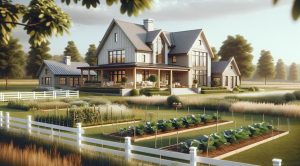
Modern Farmhouse Charm For Cozy Yet Refined Interiors
Modern Farmhouse Charm For Cozy Yet Refined Interiors
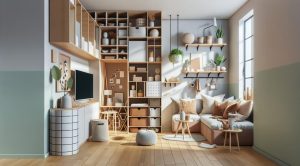
Small Space Styling Tricks For Smarter City Living
Small Space Styling Tricks For Smarter City Living
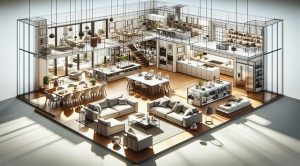
Open Plan Living Ideas To Maximize Light And Space
Open Plan Living Ideas To Maximize Light And Space
